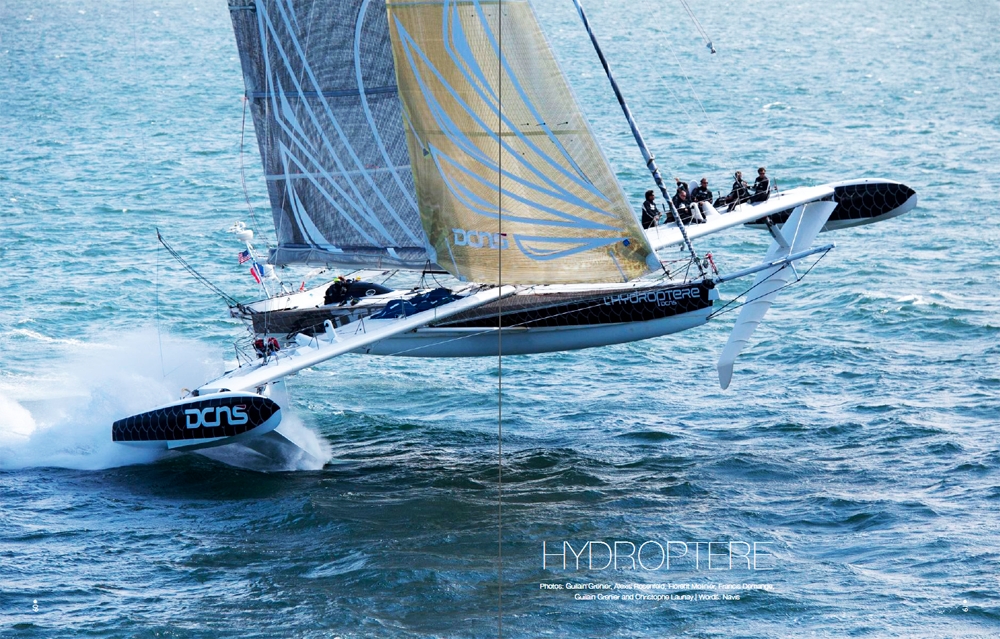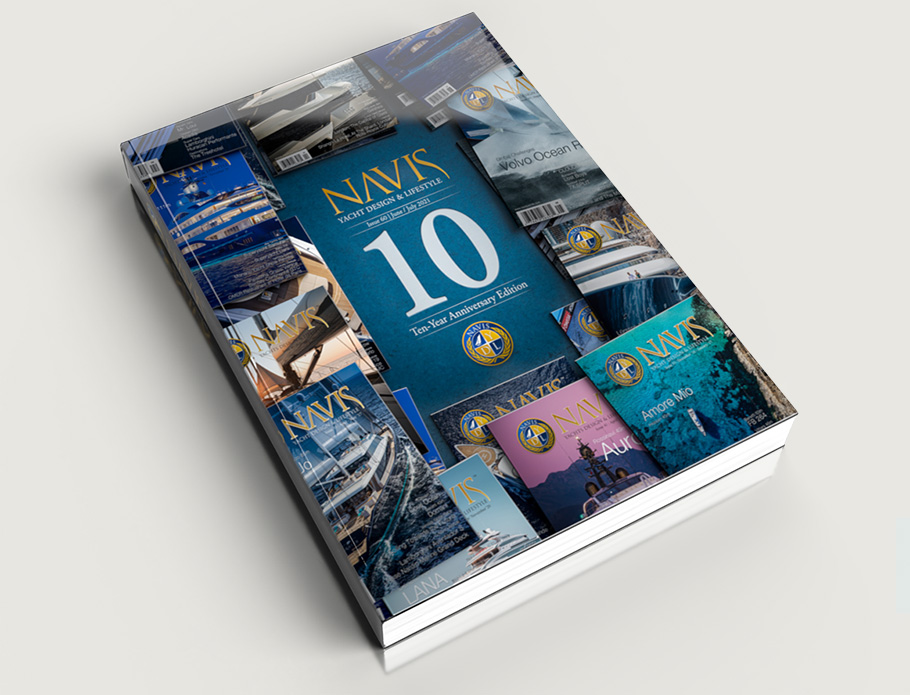When it comes to speed, Hydroptere has no problem leaving the competition behind. This attitude undoubtedly comes from Alain Thébault, who spent years exploring multihull hydrofoil designs to develop one of the world's fastest boats. ("Hydro" is Greek for "water." "Ptere" is Greek for "wings.")
During the 1980s and '90s Thébault adjusted his design repeatedly. By making a one-third scale version of his idea, he was able to test the differences of minor changes on the craft's overall performance. By 1994, he was ready to launch Hydroptere for her first flight. By 1995, Thébault had turned her into the world's fastest sailing yacht.
Setting Speed Records
On October 5, 2008, Hydroptere set her first record by hitting a speed of 52.86 knots. Unfortunately, she did not maintain this speed over a long enough distance to take the world record. Still, a precedent had been set. It was just a matter of time before Hydroptere out performed every other sailing yacht in the world.
Later that year, on December 21, Thébault almost had the world record. Hydroptere reached 56.3 knots but capsized before traveling far enough to qualify.
Undeterred by these setbacks, Thébault's obsession continued. On September 4, 2009, destiny rewarded his perseverance. Hydroptere broke the world record by travelling at 52.86 knots for 500 meters. That November, she managed to break the 50 knot barrier for a full nautical mile, something that many designers had given up on years ago as a near impossibility.
What Makes Hydroptere so Special?
Thébault was able to make the world's fastest sailing boat because he and his team of designers understood the barriers that had prevented so many other vessels from breaking the record.
Thébault's team knew, according to Archimedes, the ancient Greek mathematician and philosopher, boats can float because of buoyant force. They also understood that this force created significant drag that makes it impossible for typical watercraft to reach high speeds.
The designers had a new idea. Instead of putting the boat in the water, they would put the boat on the water. Essentially, Hydroptere was designed to fly across the water's surface. This required "wings" that would rise above the water when Hydroptere reached a certain speed. It's not a particularly complicated concept, but turning the theory into reality took years of intense trials. Eventually, the team developed wings that would create an upward thrust once Hydroptere reached 10 knots.
That reduced the drag that other boats experience, but it also contributed to capsizing.
To counter this, Thébault and his team looked at Hydroptere as they would an airplane. They built crossbeams that used large strain absorbers. This allowed the yacht to return to the water after encountering a wave, much like an airplane can maintain relatively level even when it encounters changes in the wind.
The group used sensors to collect data about how Hydroptere responded to a wide variety of conditions. They even used a flight simulator to test theoretical models before putting them in the water. After thousands of calculations, they had a design that could move quickly without tipping over easily.
A champion was born. The world's fastest sailing yacht. A vessel true to its name.




